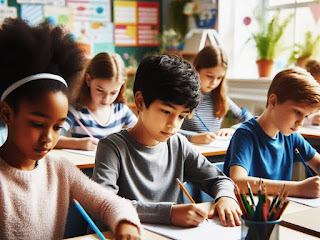Brainpage Power: Taxshila Model Engages Students in Active Knowledge Transfer

Traditional education often relies on passive learning methods, with teachers delivering information through lectures and students absorbing it through listening. However, the learnography approach within the Taxshila Model takes a revolutionary stance, transforming pre-training students into active participants in knowledge transfer through the motor processing power of brainpage modules. Taxshila Model: Architecture of Knowledge Transfer Are traditional period teaching lectures failing to capture students' attention and spark deep understanding? It explores the innovative student learnography approach within the Taxshila Model, a system designed to revolutionize knowledge transfer through the motor power of brainpage modules. Challenge of Passive Learning Lectures have their place, but research suggests they may not be the most effective way to ensure deep understanding and knowledge retention. Students can become passive recipients of information,...






